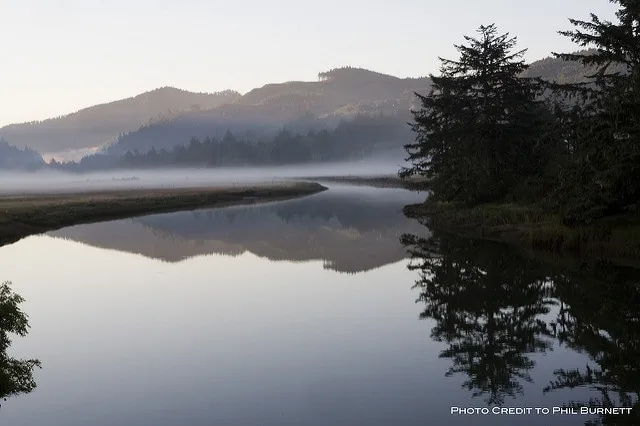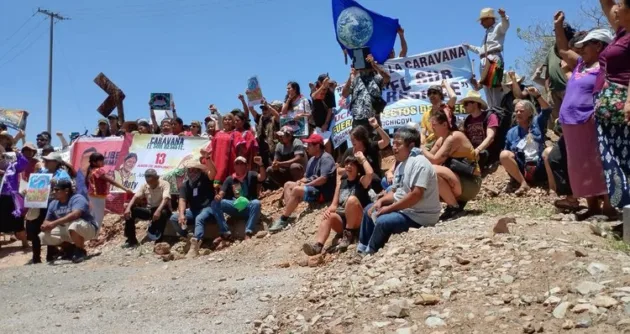The Siletz River watershed in Lincoln County, Oregon, files a motion to intervene in a lawsuit that attempts to overturn its right to be free of aerial sprayed pesticides
FOR IMMEDIATE RELEASE
Contact:
Kai Huschke
kai@celdf.org
509- 607-5034
Lincoln County, Oregon: Last week, the Siletz River watershed in Lincoln County, OR, filed to intervene in a lawsuit, making it the third ecosystem in the United States to seek standing to protect its rights.
The plaintiffs in the lawsuit are attempting to overturn a Community Bill of Rights law adopted by Lincoln County voters in May. The ordinance establishes rights to clean air, water, and soil, and the rights of ecosystems and natural communities to be free from toxic trespass caused by aerial sprayed pesticides. The practice is banned as a violation of those rights.
Plaintiffs contend that their “right” to aerially spray pesticides overrides any claimed right by the community to ban the harmful practice, regardless of the health and safety of people and ecosystems.
The Community Environmental Legal Defense Fund (CELDF) is representing the Siletz watershed, as well as the local community rights group, Lincoln County Community Rights (LCCR). The courts granted LCCR intervention in the lawsuit.
“I have lived in Lincoln County for 43 years in a home surrounded by river and forest. I am part of the ecosystems of Lincoln County,” says Carol Van Strum, advocate for the intervention of the Siletz watershed, and author of A Bitter Fog: Herbicides and Human Rights. “The Declaration of Independence itself asserts that the laws of nature preempt human law. Like the Lorax, I speak for the rights of waters and forests and wildlife to challenge human violations of natural law.”
The Oregon timber industry clear cuts forests and replants with a series of pesticide application. The industry aerially sprays most of the pesticides by helicopter. The pesticides are close relatives to Agent Orange.
“We applaud these pioneering communities who are advancing ecosystem rights, and the growing number of ecosystems seeking standing in court to assert and defend those rights,” said Kai Huschke, CELDF’s Northwest community organizer. “There are environmental horrors happening across the country that are sanctioned by our legal system. It is past time to change that, and compel our legal system to deal justly with the on-the-ground realities. Lincoln County is not alone. More than three dozen communities in the United States have also secured the rights of nature through local lawmaking.”
CELDF is also representing community groups and the Little Mahoning River watershed in Grant Township, PA, and the Crystal Springs ecosystem in Highland Township, PA, which have taken similar legal actions.
It is expected that the court will rule on the Siletz watershed’s motion to intervene in the next few weeks.
Rights of Nature Growing Globally
As CELDF’s rights of nature work has grown globally, including in India, Australia, Nepal, Colombia, and Sweden, the courts in New Zealand, India, and Colombia have recognized rights for rivers and glaciers over the last year.
There is a growing recognition of the need to create a new and higher standard of protection for ecosystems. In Ecuador, where CELDF assisted in drafting the rights of nature provisions for the country’s federal constitution, rights of nature has been recognized since 2008. Two cases were brought to the Ecuadorian courts, which recognized that human activity was violating the rights of rivers, and ordered the restoration of the river ecosystem.
About CELDF — Community Environmental Legal Defense Fund
The Community Environmental Legal Defense Fund is a non-profit, public interest law firm providing free and affordable legal services to communities facing threats to their local environment, local agriculture, local economy, and quality of life. Its mission is to build sustainable communities by assisting people to assert their right to local self-government and the rights of nature. www.celdf.org.
###



